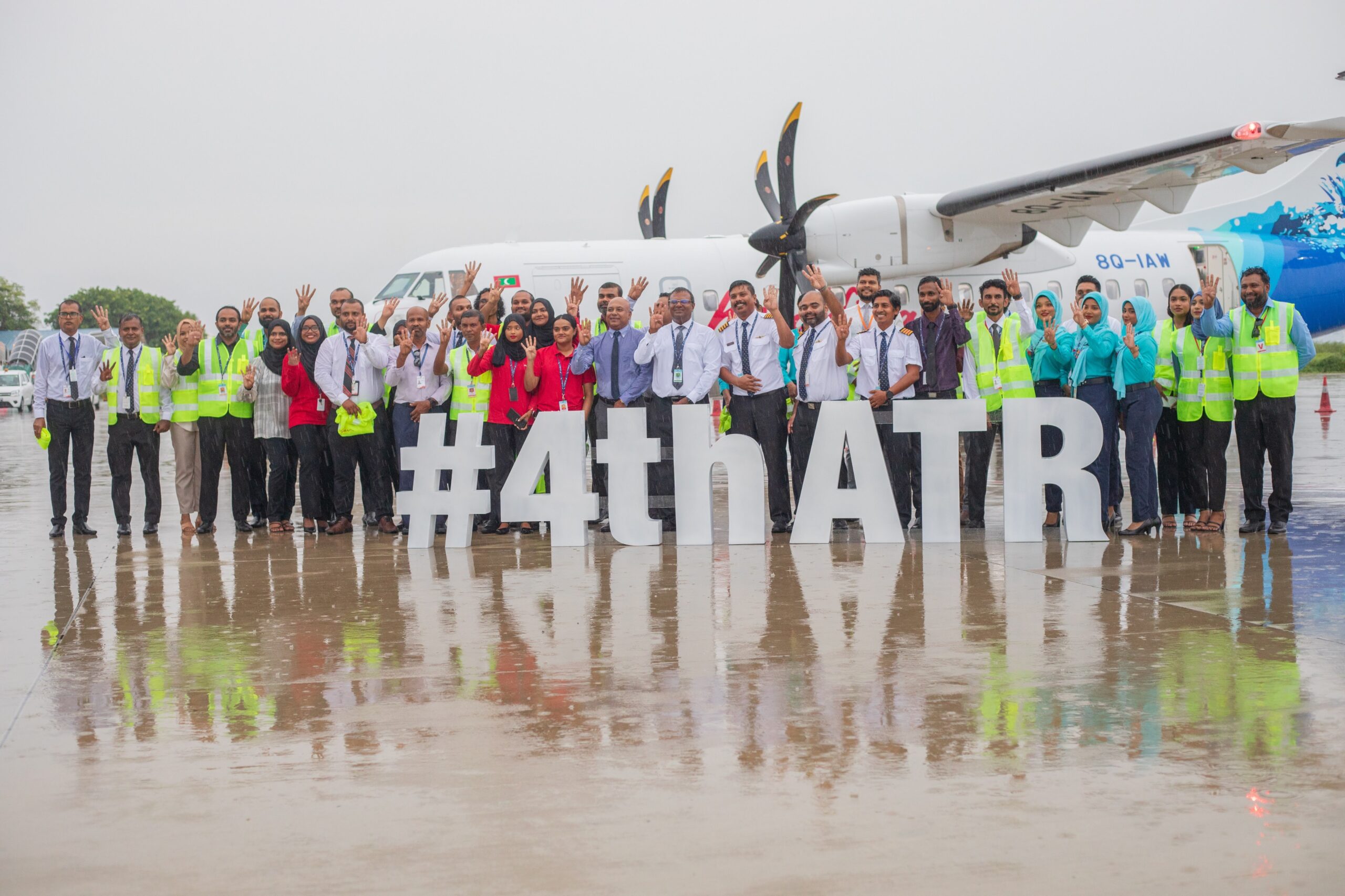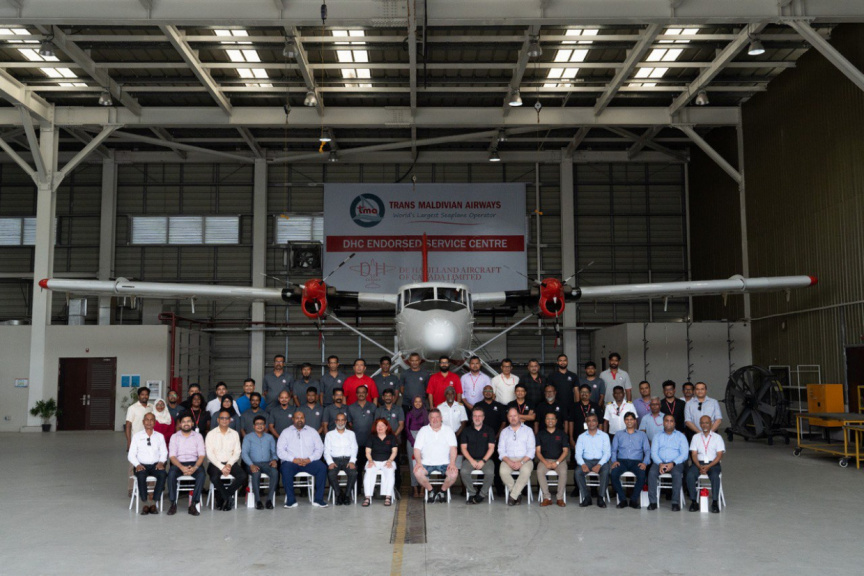An already tight oil and gas market feels the jolt of conflict, which is threatening to disrupt supplies to Europe.
Russia’s military attack on Ukraine has spooked global stock markets and triggered a sharp spike in oil and gas prices at a time when many governments are already grappling with high inflation.
Brent crude, an important price benchmark, surged past $100 per barrel for the first time since 2014 as reports emerged that Russian troops have entered Ukraine and explosions were heard in different Ukrainian cities.
Brent was trading at around $70 in early December.
Natural gas is also on fire. The benchmark Dutch futures rose sharply on Thursday to $140 per megawatt-hour before coming down. Dutch gas futures were trading at around $87 earlier this week.
A steep price surge will add to the worries of consumers – especially in Europe – as they were already footing high energy bills.
Europe depends on Russia to meet one-third of its gas needs. However, there’s no indication as yet that Moscow has reduced gas supply to its European consumers, with Austrian petroleum giant OMV saying it’s getting the usual supply from Russia.
Russia uses a network of pipelines to export gas to Europe. One of the routes passes through Ukraine and there’s concern that it might be damaged if the fighting escalates.
The United States, United Kingdom and the European Union have imposed a new set of economic and financial sanctions on Russia – mostly targeting government officials and businesses close to the state.
The sanctions have so far spared Russia’s energy infrastructure, except for the Nord Stream 2 pipeline project which has been put on halt by the German government.
The $11 billion Nord Stream 2 pipeline was completed last year as a new route, which bypassed Ukraine, to supply Russian gas to the German market via the Baltic Sea. But the pipeline, which is opposed by the US, has not yet been used to make any deliveries.
Gazprom – Russia’s state-run oil and gas monopoly – derives a substantial chunk of its sales revenue from European consumers and any disruption in supply will curtail its financial contribution to official coffers.
Even if supplies from Russia, which is the world’s largest gas exporter, are not disrupted, the fear of a shortage can be enough to rattle the markets.
Russia, also the world’s third-largest oil producer, supplies around 4.5 million barrels a day to the global market of around 100 million barrels a day.
Moscow’s contribution to the oil market is important because additional supplies are hard to come by. Oil and gas companies have cut back on investments in new projects because of rising environmental concerns.
This means that even a slight disruption in supply can jack up fuel prices that consumers pay at the retail outlets. Brent crude is expected to hit $125 a barrel in the next few months, according to JPMorgan.
This surge in energy prices is a far cry from the glut the market saw in 2020 when, at the height of the pandemic, oil prices crashed to zero and producers struggled to find buyers to get rid of additional supplies.
Energy prices started to climb back up last year as businesses opened up and people started to travel.
The issue of a sharp rise in energy prices is particularly concerning for consumers in Europe, which experienced unusually cold summers last year.
As people switched to using heaters, gas utilities drew more gas out of their backup storage – kept in large underground tanks.
According to the latest figures on the website of GIE, an association of European gas utilities that keeps track of the data, the tanks were filled up to 30 percent of the capacity.
Gas prices in Europe have surged more than 400 percent over the past year on back of demand which spiked as lockdown restrictions were eased and factories opened up.
The US has tried in recent months to reduce Europe’s dependence on Russian gas. It has tried to woo major exporters of liquified natural gas – the super-chilled form of gas – to increase exports to the continent.
But that won’t be easy.
Qatari energy minister Saad al-Kaabi told an energy conference this week that no country has the spare volumes to replace Russian gas exports to Europe.
Source: TRT World

 News7 days ago
News7 days ago
 Business7 days ago
Business7 days ago
 News4 days ago
News4 days ago
 News4 days ago
News4 days ago
 World4 days ago
World4 days ago
 Business3 days ago
Business3 days ago
 Travel & Culture5 days ago
Travel & Culture5 days ago
 World5 days ago
World5 days ago


















